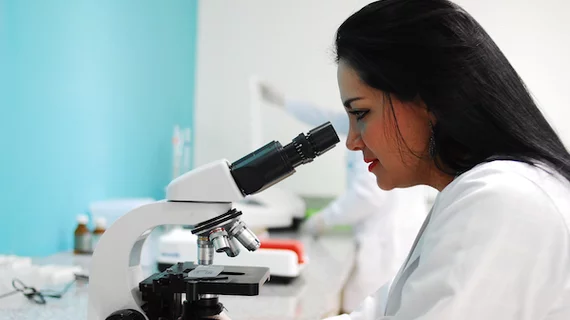AI screens for malaria faster than human specialists
AI can help improve malaria screening in low-resource settings, according to a new study published in the Journal of Digital Imaging. The model developed by researchers is as precise as human experts—and “several orders of magnitude” faster.
“Microscopy is particularly well adapted to low-resource and high disease burden areas owing to the cost effectiveness, simplicity, and versatility,” wrote authors Samson Chibuta and Aybar C. Acar of Middle East Technical University in Turkey. “However, manual microscopic examination for malaria parasite detection, parasite life stage differentiation, and parasite count is very laborious and subjective and requires skilled health personnel.”
In areas where trained healthcare providers are lacking, microscopic examinations become even more challenging. This leads to diagnoses “made on the basis of clinical signs and symptoms alone,” the authors added, a trend that can lead to more errors, rising costs, increased drug resistance and even more patient deaths.
Chibuta and Acar developed a deep learning-based alternative solution for malaria screening in low-resource areas, one that holds the potential to keep costs down while still providing high-quality care. The team modified an existing detection algorithm known as You Only Live Once (YOLO), choosing that particular algorithm for its speed—and the fact that they could make it even faster through optimization. The model was then training and evaluated with one dataset of images taken with a digital microscope camera (Dataset A) and a second dataset of images taken with a mobile phone mounted in a conventional microscope (Dataset B). Both datasets included expert annotations.
Overall, the authors achieved an accuracy of 99.07% for Dataset A and an accuracy of 97.46% for Dataset B. It was also noticeably fast, producing results in a matter of milliseconds.
“The mean average precision on two test datasets is on par with human experts, but several orders of magnitude faster as we can process a single image in milliseconds using a simple mobile device,” Chibuta and Acar wrote. “We demonstrate how a generic object detection algorithm can be repurposed for detecting very small objects which require skilled experts to accurately identify. Our system is able to detect and localize malaria parasites in thick blood smears with high precision and sensitivity.”

